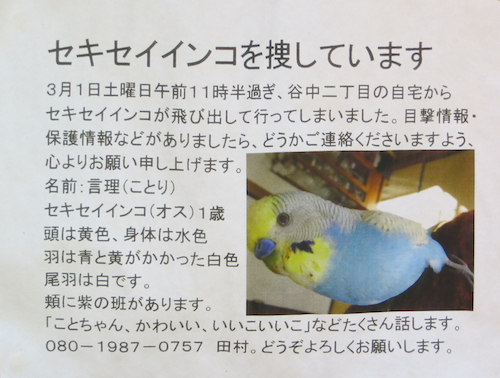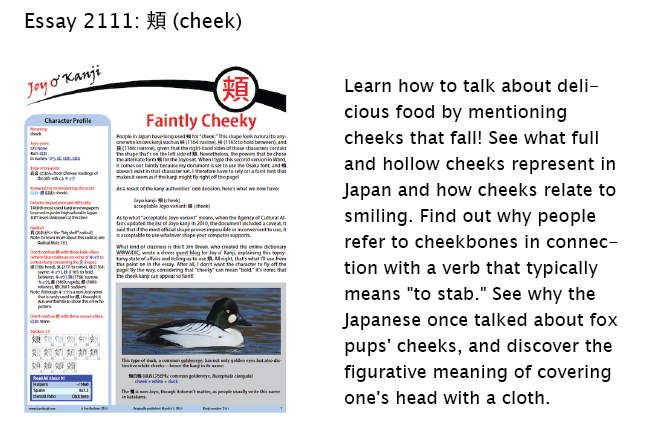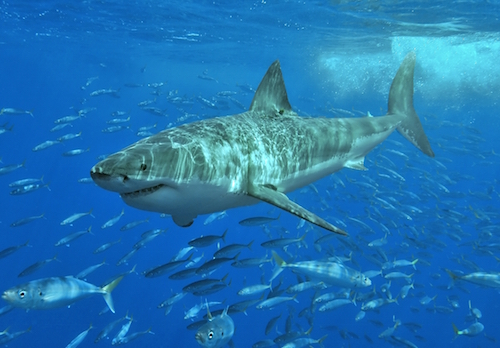Parakeet Problems
The following sign brought up all sorts of feelings for me, which is weird because it's about parakeets, and I don't think I have deep-rooted issues about parakeets:

Photo Credit: Eve Kushner
Even though I spotted the sign on a street in Tokyo, I somehow assumed it was an informational placard like one you'd see at the zoo, explaining all about this type of bird. I was quite saddened when I finally analyzed the Japanese and understood this part:
セキセイインコを捜しています
I’m looking for my parakeet
セキセイインコ* (common pet parakeet);
捜す (さがす: to search (for something lost))
I felt even sadder when I found out the details of the escape:
3月1日土曜日午前11時半過ぎ、谷中二丁目の自宅からセキセイインコが飛び出して行ってしまいました。
On Saturday, March 1, after 11:30 p.m., my parakeet unfortunately flew away from my home in Yanaka Block 2.
3月 (さんがつ: March); 1日 (ついたち: first of the month); 土曜日(どようび: Saturday); 午前11時半 (ごぜんじゅういちじはん: 11:30 p.m.); -過ぎ (-すぎ: after); 谷中 (やなか: section of Tokyo); 二丁目 (にちょうめ: Block 2); 自宅 (じたく: one’s home); 飛び出す (とびだす: to fly out); -て行く (-ていく: aux. verb meaning “getting away from”); -てしまう (indication of regret)
Then, toward the end of the sign, I felt quite confused by this part, which begins with 頬 (cheek), the kanji of the week:
頬に紫の班があります。
頬 (ほお: cheek); 紫 (むらさき: purple); 班 (group)
Can you spot the source of my confusion? I'll block the answer with a preview of the newest essay:

I was then elated (my third strong emotion!) to figure out that 頬に紫の班があります contains a typo! That's why I was confused! I mean, I'm not happy that anyone made a typo, but this was one of my few experiences of realizing that, rather than feeling defeated by Japanese text and thinking the problem was on my end.
The sign says 班 (group) rather than 斑 (spot). These look-alike kanji both carry the yomi ハン, so it's an easy mistake to make—especially when all churned up about a missing parakeet. Here's how the line should have read:
頬に紫の斑があります。
There's a purple spot on the cheek.
頬 (ほお: cheek); 紫 (むらさき: purple); 斑 (spot)
Much of the rest of the text also describes the lost bird. Read the following parts and see if you can fill in the blanks:
頭は黄色、身体は水色
The head is ____, and the body is ______
頭 (あたま: head); 身体 (からだ: body)
羽は青と黄がかかった白色
The wings are ______
羽 (はね: wings)
尾羽は白です。
The ____ are white
尾羽 (おばね: ____); 白 (しろ: white)
I'll block the answers with a photo from essay 2111, in which I examine the kanji for various animals that have been named for their cheeks:

This animal is known as follows in Japanese:
頬白鮫 (ホオジロザメ: great white shark; white pointer, Carcharodon carcharias) cheeks + white + shark
The 鮫 kanji is non-Joyo.
Okay, here's the way to complete the sentences:
頭は黄色、身体は水色
The head is yellow, and the body is light blue
頭 (あたま: head); 黄色 (きいろ: yellow);
身体 (からだ: body); 水色 (みずいろ: light blue)
羽は青と黄がかかった白色
The wings are blue and yellowish-white
羽 (はね: wings); 青 (あお: blue); 黄 (き: yellow);
かかる (-ish); 白色 (はくしょく: white)
尾羽は白です。
The tail feathers are white.
尾羽 (おばね: tail feathers);
白 (しろ: white)
The sign also says that the bird’s 名前 (なまえ: name) is 言理 (ことり), which is clever ateji; 言 must come from 言葉 (ことば: word), a reference to the way parakeets can talk. And ことり should be a play on 小鳥 (ことり: small bird).
I find it quite inspiring that the Japanese use wordplay even when naming their parakeets!
Have a great weekend!

Comments